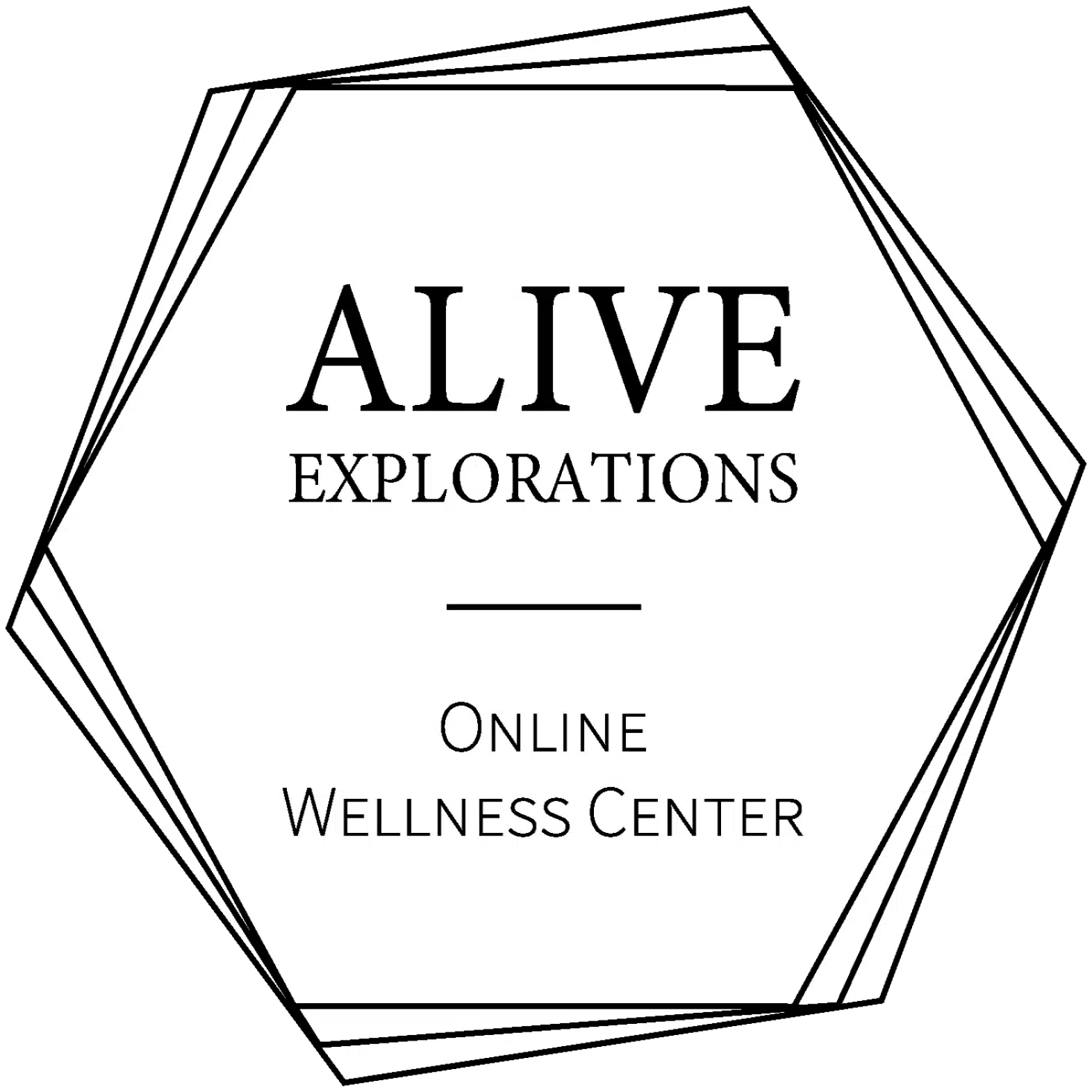Stress doesn’t usually knock. It barrels through, loud and heavy, dragging deadlines, conflicts, and overwhelm behind it. The worst part? You might not even realize it’s taken over until your body tightens, your breath shortens, and the day feels like something to survive, not live.
That’s where creativity walks in—not with grand gestures or genius-level output—but with quiet usefulness. Painting. Writing. Tinkering. Chopping vegetables with purpose. These aren’t escapes. They’re recalibrations. And they work. Not because they fix the problem, but because they change the room you’re standing in.
Let’s break down how creative acts act as tension valves—and what forms they can take when you’re not “the artsy type.”
Why Creative Action Disrupts Stress Patterns
When your brain spins on high alert, it’s not reason or discipline that cuts through—it’s rhythm. That’s why creative action can interrupt rumination in a way logic can’t.
Engaging in creative pursuits can help quiet the noise of stress by drawing your focus toward something generative, something you control. You’re not escaping the stress. You’re changing your position relative to it.
This act of shifting attention from the abstract to the tangible—mixing colors, shaping clay, outlining a character—gives your mind something new to hold onto. And sometimes, that’s all it takes to get a bit of your agency back.
Turning Education Into a Creative Outlet
Sometimes the most powerful act of creativity isn’t art. It’s inquiry. Exploring the human mind. Turning questions into frameworks. Studying the shape of emotional reactions and how they show up in yourself and others.
Structured academic paths—especially those that integrate behavioral science—can help people reframe their relationship to stress. This is particularly true when learners immerse themselves in online learning and psychology degrees that encourage reflection, analysis, and application. That’s creative, too.
It’s the creativity of pattern-seeking. Meaning-making. Putting knowledge into form, even if the medium is essays and discussions instead of brushes and clay.
When You Can’t Say It, You Can Still Shape It
Not everything needs to be said out loud. Some things can’t be. The fear before a diagnosis. The pressure of caregiving. The burnout from being endlessly “on.” Art gives you a container—one that doesn’t ask for polish or grammar.
You can draw grief. Scribble rage. Shape confusion. Creative expression provides a non-verbal outlet for deep feelings that often get stuck in our bodies. These outlets don’t require artistic talent. They require honesty. When words feel flat or inaccessible, image and motion can fill the gap.
The Brain Chemistry Behind Expressive Relief
There’s a chemical reason your shoulders relax after journaling or playing an instrument. Creative activity often lights up the brain’s reward system. Your brain releases dopamine and resilience pathways become more engaged.
Dopamine isn’t just a pleasure chemical—it’s a motivator. It tells you, “This feels good. Let’s do it again.” Over time, these creative routines can become a source of stability—a counter-rhythm to the chaos. They don’t eliminate stress. But they raise your threshold for tolerating it.
Making Things Together to Feel Less Alone
There’s solo art, and then there’s what happens when people make things together. Stress, especially chronic stress, can be deeply isolating. But shared creativity can restore a sense of being witnessed—without the intensity of a conversation.
Pottery classes. Community murals. Open mic nights. Cultural activities cut stress and boost mood even more significantly when experienced in groups. This isn’t about introverts vs. extroverts. It’s about resonance.
Making something with others reminds you that stress is not a private defect. It’s a shared weather system—and we’re allowed to come in out of the rain.
Low-Key Creativity You Can Practice Daily
Creativity doesn’t always announce itself. Sometimes, it looks like baking bread. Rearranging furniture. Curating a playlist that perfectly maps your current mental state.
Creative tasks that reset your mind aren’t luxury—they’re tools. They give your nervous system a foothold when everything else feels slippery. These small acts send a signal: I’m not just enduring this day. I’m shaping it. Even in small ways. Especially in small ways.
Stress wants everything to feel like an emergency. Creativity insists you have time. Time to reflect. To feel. To make. You don’t need to be a “creative person.” You just need a medium that holds you while the world spins a little too fast.
You can sketch. Garden. Write half-sentences in a notebook. Invent a new way to fold your laundry. All of it counts. All of it helps. What matters most is the act of making—not for show, not for sale, but for steadiness. Let the act be imperfect. Let it be yours. Then let it remind you: you’re not just reacting to life. You’re composing it.
Discover a life that feels authentically yours with Alive Explorations – where high-achieving professionals find the support they need to integrate spiritual insights and design a fulfilling lifestyle.
Article by Julia Merrill
Image by Martina Bulková from Pixabay


